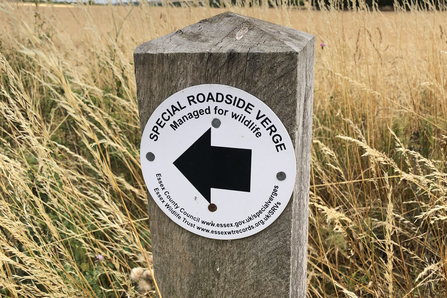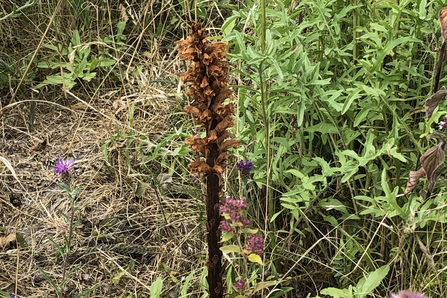The lawn rustles like a crisp packet whenever you walk across it, and leaves are already being shed by thirsty, water-deprived trees. Surely there are no wildflowers to be found in drought-stricken Essex in August?
Take a closer look, and you will see just how wrong this assumption is. Road verges are a great place to find wildflowers at the moment, especially those that have been designated ‘Special Roadside Verges’ by the County Council.





